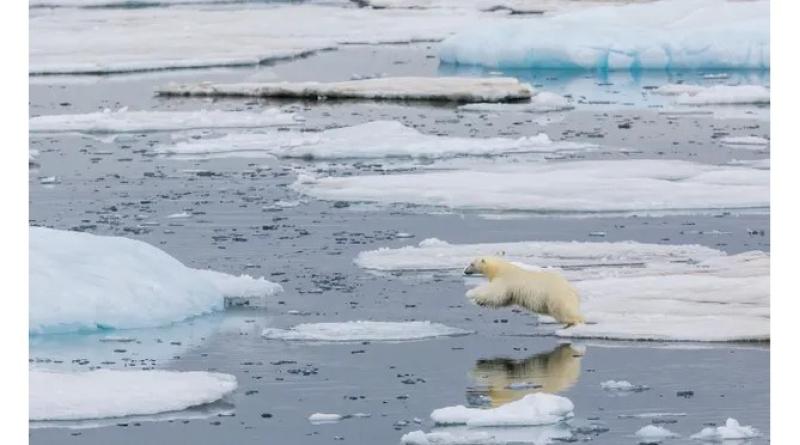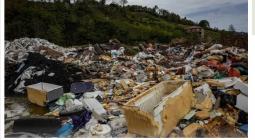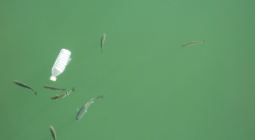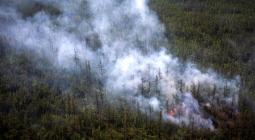Microplastics from European rivers spreading to Arctic seas, research shows

Better waste management needed to protect Arctic ecosystem, say scientists.
Microplastics from European rivers are finding their way to Arctic seas, research suggests.
These tiny plastic particles, which come from clothing fibres, car tyres, cosmetics and many more sources, have been found across the entire planet, from the summit of Mount Everest to the deepest oceans.
People are known to consume the tiny particles via food and water, as well as breathing them in. Microplastics have been shown to harm wildlife but the impact on people is not known, though microplastics do damage human cells in the laboratory.
They have also been found in the Arctic, and until now the source of these tiny particles has not been known.
A new study in Scientific Reports, led by Mats Huserbråten from the Institute of Marine Research, in Bergen, Norway, suggests particles in the Arctic Ocean, the Nordic Seas and Baffin Bay have spread from Europe.
The scientists used modelling to predict how many microplastic particles would be in certain parts of the ocean, and compared it with water samples from these places. Their analysis suggests microplastics have been circulating in the Arctic for at least a decade.
To work it out, they combined models of ocean currents between 2007 and 2017 with simulations of floating microplastic movements. Then, they simulated the release of microplastics from 21 major rivers across northern Europe and the Arctic every day over a 10-year period and modelled their movements over decades.
After this, they simulated the release of microplastics from 21 major rivers across northern Europe and the Arctic every day over a 10-year period and modelled their movements over decades, then compared the results of their model with the distribution of floating microplastics across 121 seawater samples that were collected from 17 sites off the west coast of Norway between May 2017 and August 2018.
They found that most simulated particles drifted along two main pathways after being released from rivers, with 65% drifting along the Norwegian coast towards the Laptev Sea, north of Russia, before going to the Arctic Ocean, across the north pole, then exiting the Arctic Ocean via the Fram Strait east of Greenland. Thirty per cent went in another direction, travelling across Greenland then farther south along the north-east coast of Canada.
Analysis of seawater found in each of these areas revealed the distribution of these floating microplastics was consistent with what was predicted by the models.
The researchers warned that better waste management is required so the health of the Arctic ecosystem is not compromised.
They said: “The equal distribution of sampled synthetic particles across water masses covering a wide time frame of anthropogenic influence suggests a system in full saturation rather than pronounced injection from European sources, through a complex circulation scheme connecting the entire Arctic Mediterranean.
“This circulation of microplastic through Arctic ecosystems may have large consequences to natural ecosystem health, highlighting an ever-increasing need for better waste management.”
Current methods to reduce microplastic release include adding filters to washing machines to catch particles. They can also be removed by some wastewater and drinking water treatments.
Author:Helena Horton
Photograph: Michael Nolan





